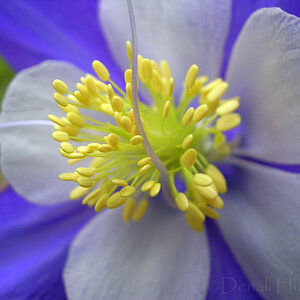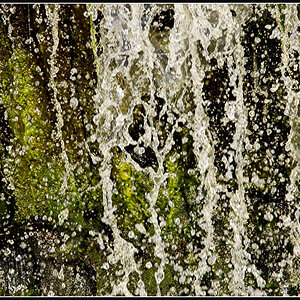Petersen28
TPF Noob!
- Joined
- Jan 4, 2017
- Messages
- 3
- Reaction score
- 0
- Can others edit my Photos
- Photos OK to edit
Hi guys! I wanted to get some feedback. My husband and I own a small LED lighting company (4+years). We are looking to take our own product pictures and my experience with cameras is summed up from the photography class I took in high school, and the two courses I took in college. I understand that embarking on product photography is a feat of its own, but I want to start with the proper camera. I'm wondering if anyone has any suggestions for a camera that does well capturing light output. It's my understanding the main thing is I will need the ability to set the shutter speed (i.e have a camera that offers longer exposure times) in order to properly capture light. Suggestions? Thoughts? Please keep your answers civil as I am just starting in this whole process.


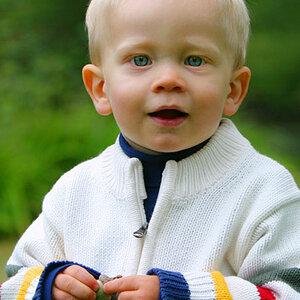
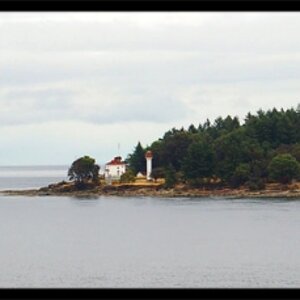
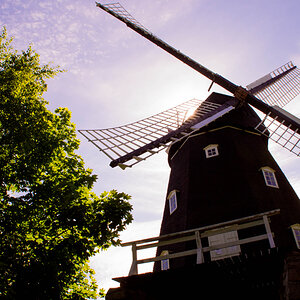
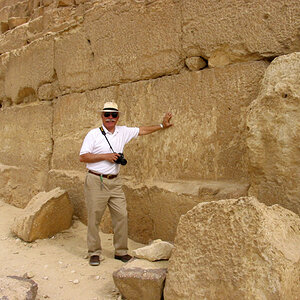
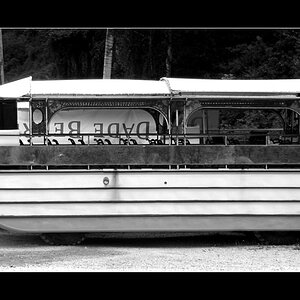
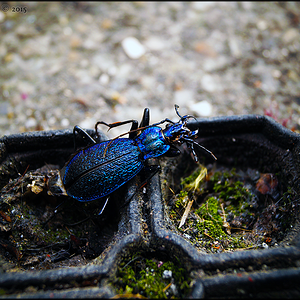
![[No title]](/data/xfmg/thumbnail/38/38749-a4ef503184d13a9c7592221cb44ac5e8.jpg?1619738704)
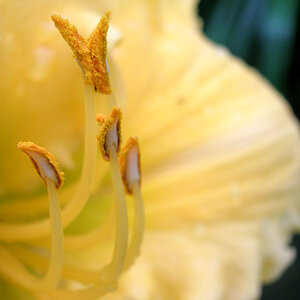
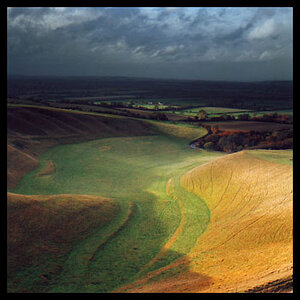
![[No title]](/data/xfmg/thumbnail/32/32930-09414fc020c2a60a456ff59a05c5ef8f.jpg?1619735759)
